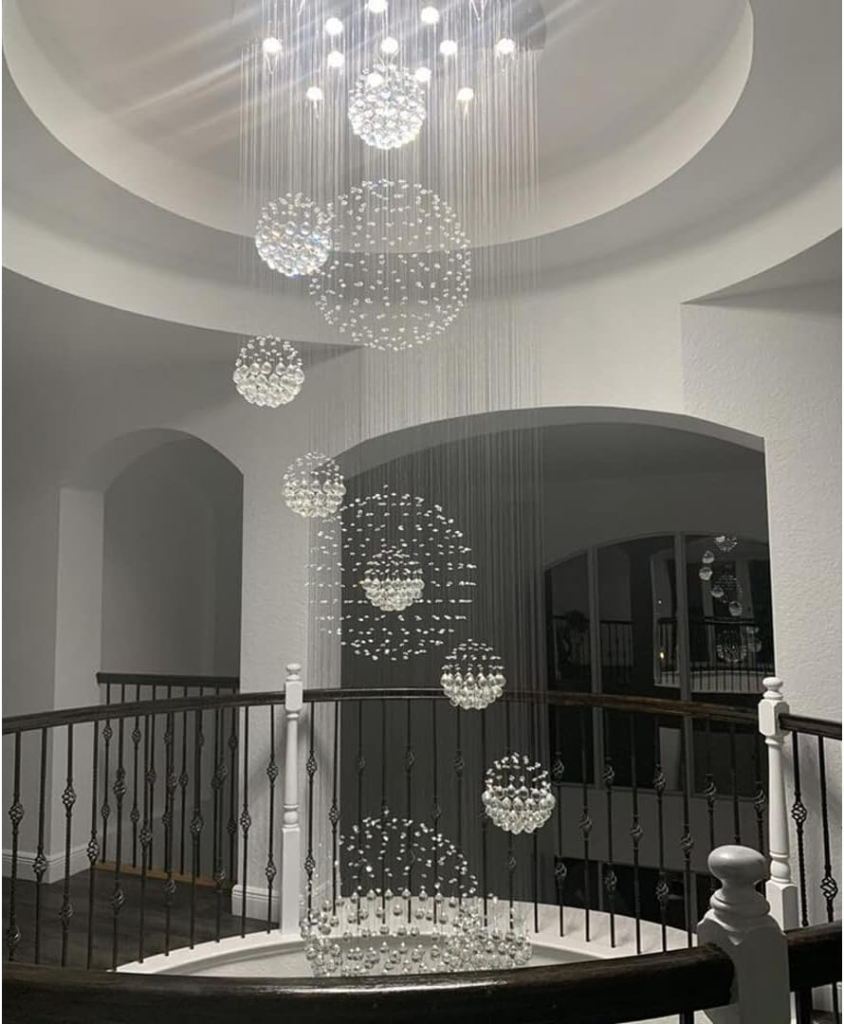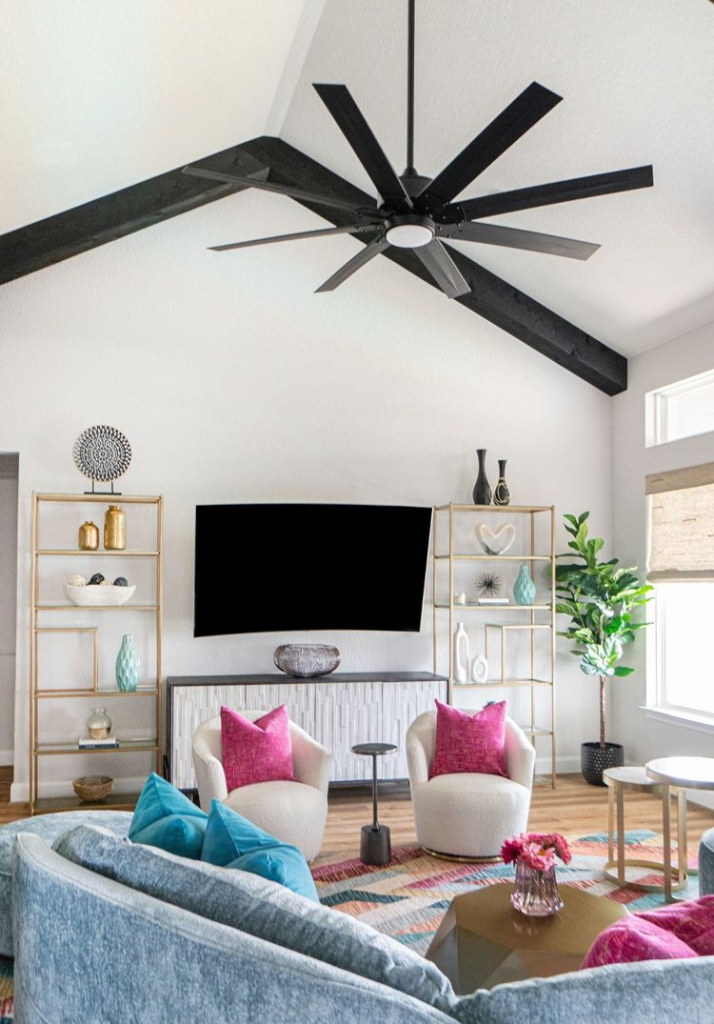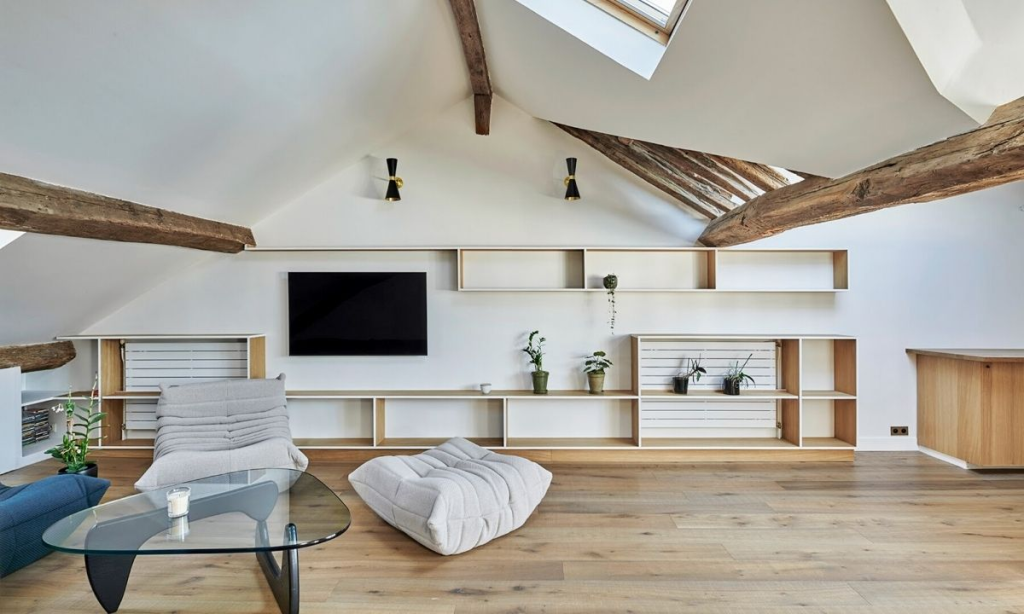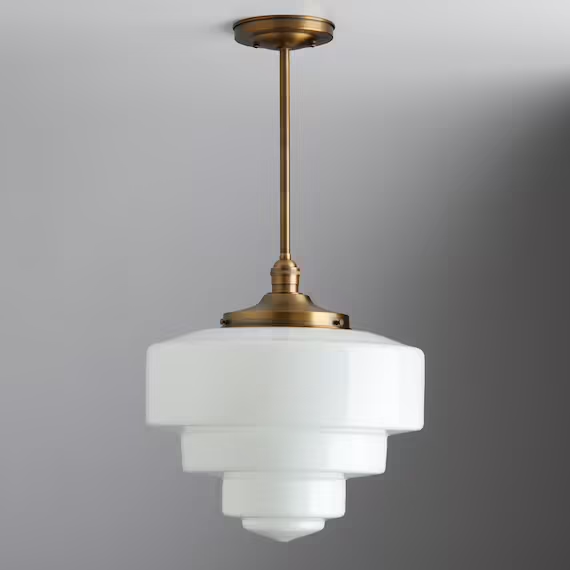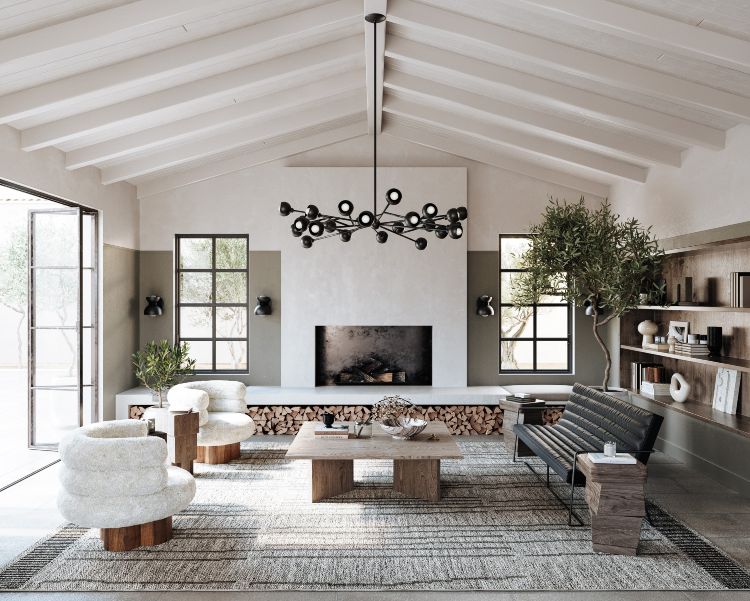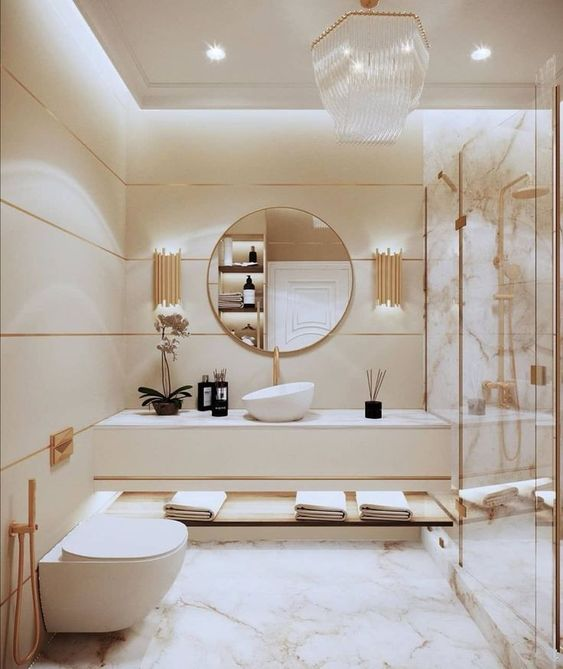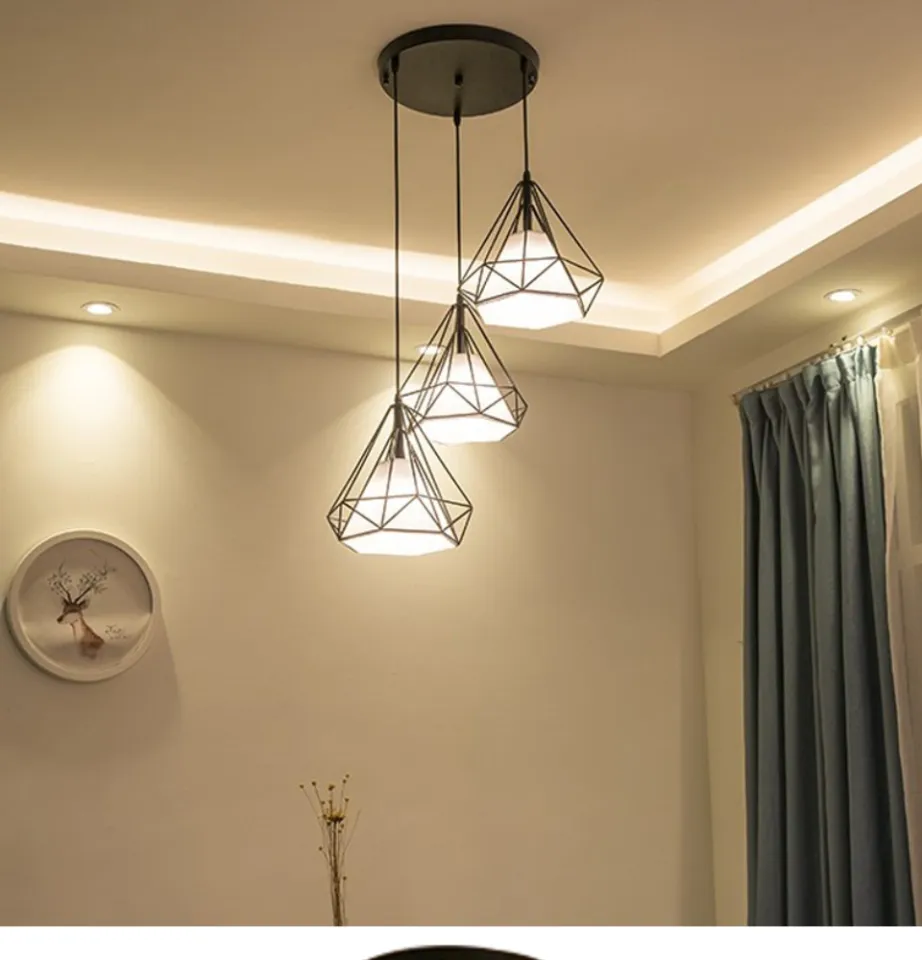Vaulted ceilings are a hallmark of spaciousness and architectural beauty. They elevate your room’s aesthetic, making it feel open and grand. However, finding the right lighting for vaulted ceilings can be challenging due to their height and unique angles. Whether you’re aiming for cozy warmth, modern brightness, or dramatic ambiance, this guide will illuminate your path to perfect lighting.

Why Is Lighting For Vaulted Ceilings Important?
Vaulted ceilings create a striking visual impact but also present specific lighting challenges. Their height often means standard light fixtures fail to provide adequate illumination. Moreover, improper lighting can leave the upper space looking dull and lifeless. To maintain a harmonious look, selecting the appropriate lighting is key.
Key Factors to Consider for Lighting Vaulted Ceilings
Before diving into specific lighting options, consider the following factors to ensure optimal results:
1. Ceiling Height and Angle
Vaulted ceilings vary significantly in height and slope. Understanding the dimensions helps you determine the most effective fixture placement.
Read too: Shiplap Ceiling in Kitchen: A Timeless Trend for a Stylish and Cozy Space
2. Room Functionality
The purpose of the room influences the lighting style. For example, living rooms may benefit from a combination of ambient and accent lighting, while kitchens require task-focused options.
3. Natural Light Availability
Leverage natural light by pairing it with fixtures that enhance the room’s ambiance during the evening.
4. Control Systems
Install dimmers or smart controls to customize brightness and mood, providing flexibility for various occasions.
Best Lighting Options For Vaulted Ceilings
1. Chandeliers
Chandeliers are a classic choice for lighting vaulted ceilings. Their grandeur complements the spaciousness of high ceilings, creating a focal point in any room. Modern chandeliers come in various designs, from minimalist to elaborate, ensuring they suit any interior style.
- Best For: Dining rooms, living rooms, and entryways.
- Tips: Hang the chandelier at the appropriate height to avoid overwhelming the space. Consider adjustable chains for added flexibility.
2. Pendant Lights
Pendant lights offer a sleek and versatile solution. They can be hung at various lengths, making them perfect for sloped ceilings. Grouping multiple pendants can create a striking visual impact.
- Best For: Kitchen islands, dining tables, or as reading lights in a living room.
- Tips: Use pendants with dimmable options to adjust the light according to your needs.
3. Recessed Lighting
Recessed lights, also known as can lights, are an excellent choice for providing even illumination. They blend seamlessly into the ceiling, ensuring a clean and modern appearance.
- Best For: General illumination in living rooms, bedrooms, or bathrooms.
- Tips: Angle the lights to accentuate architectural features or artwork.
4. Track Lighting
Track lighting allows for flexible placement of multiple light heads along a track. This option works wonderfully for accent lighting or highlighting specific areas.
- Best For: Art studios, galleries, or modern-style living rooms.
- Tips: Choose adjustable heads to direct light precisely where needed.
5. Skylights and Solar Tubes
Though not traditional fixtures, skylights and solar tubes are natural lighting solutions for vaulted ceilings. They bring daylight into your home, reducing reliance on artificial lights during the day.
- Best For: Sunrooms, kitchens, or bathrooms.
- Tips: Pair with blackout shades for control over natural light during nighttime.
Enhancing Ambiance With Layered Lighting
Using a combination of lighting types can elevate your design. Layered lighting involves three main elements:
- Ambient Lighting: General illumination from recessed lights or chandeliers.
- Task Lighting: Focused light sources like pendant lights or desk lamps.
- Accent Lighting: Highlighting architectural features using track lights or wall sconces.
For vaulted ceilings, layering ensures even coverage while adding depth and character to the space. For example, recessed lights can handle general brightness, while a chandelier adds elegance and accent lights highlight the ceiling’s structure.
Practical Tips for Installing Lighting For Vaulted Ceilings
Use LED Bulbs
LEDs are energy-efficient, long-lasting, and come in various color temperatures. Their brightness ensures that even tall ceilings receive adequate illumination.
Consider Wall Washers
Wall washers are fixtures that direct light upwards or across a wall, creating a soft glow. They work well in rooms with vaulted ceilings to reduce shadows and brighten the entire space.
Install Smart Lighting
Smart lighting systems allow you to control brightness and color temperature remotely, making it easy to adjust your lighting to match the mood or time of day.
Add Ceiling Fans With Lights
For multipurpose functionality, consider ceiling fans with built-in lights. These fixtures provide airflow and illumination, perfect for larger rooms with vaulted ceilings.
Common Mistakes to Avoid
- Using Inadequate Fixtures: Avoid fixtures designed for standard ceilings, as they may not provide sufficient light.
- Neglecting Dimmers: Without dimmers, lighting can feel harsh or overly bright.
- Ignoring Room Proportion: Ensure the size of the fixture complements the scale of the ceiling.
Conclusion: Illuminate Your Vaulted Ceilings with Style
Finding the perfect lighting for vaulted ceilings involves balancing functionality and aesthetics. From grand chandeliers to modern recessed lighting, the right choice can transform your space into a well-lit haven. Consider your room’s style, functionality, and natural light to create a lighting scheme that truly shines.





